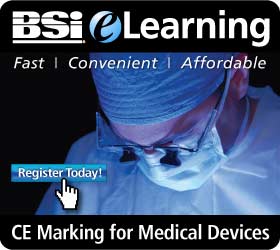For those of us practicing improvement in a medical culture, presenting this “funny new statistical way” of doing things to a physician audience triggers a predictable stated reason: “This isn’t in line with rigorous, double-blind clinical trial research.” And your response should be, “True! Nor could it be, nor should it be.”
Clinical trial research statistical methods make assumptions and control variation in ways that can’t be replicated in the unstable environment of the real world, making them less suitable for improvement. This is true for any work environment as well.
Most basic academic statistics requirements are based in a context of “estimation” and teach methods appropriate for research. These, unfortunately, have limited applicability in everyday work, which is based on process-oriented thinking—a concept foreign to most academics—and whose need is “prediction.” This affects data collection, use of statistical tools, and validity of analyses.
…

Add new comment